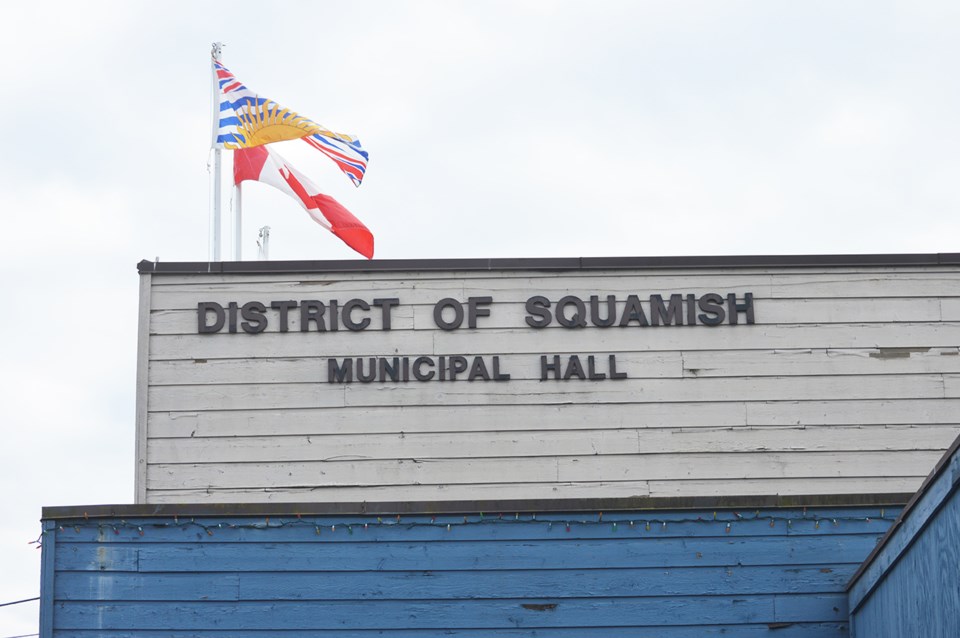Evacuation Plan Pricey
With one road in and out, the municipalities of Whistler and Squamish want to plan an evacuation route in case of a disaster, but it could cost more than expected.
Earlier this year, the two towns put out a request for proposals, offering $30,000 to a contractor to do analysis and create an evacuation plan.
On Tuesday, Jeff Sim, the District’s senior director of human resources and public safety gave a verbal update to council and explained that the quotes they received started at $50,000.
For a plan that includes analysis of highway traffic, the price tag could run closer to $200,000.
“That’s a rather substantial increase,” commented Mayor Patricia Heintzman. Her concerns were echoed by other councillors, including Karen Elliott and Doug Race.
“It’s a one road in, one road out town, and that’s the same for a number of places in the province,” said Race. “For us to have an evacuation plan without looking at the highway, I’m not sure what the use of that is.”
Heintzman suggested looking into the evacuation plans developed for the 2010 Winter Games, and whether there could be cost-savings from building on that information.
“I’m a little flabbergasted that we don’t have that information,” she said.
Sim said right now both Squamish and Whistler have agreed to split the cost, so in a “worst case scenario” the district would be expected to contribute close to $100,000 for the plan.
Ideally, he said that would be offset by grants from the provincial government, which would be able to use the evacuation plan as a template for other regions in British Columbia.
Neither Sim or Fire Chief Bill Stoner could give councillors an answer as to when those grants would be announced but said District staff is working towards that goal.
Council passed a motion to continue collaborating with Whistler on the project but noted that an increased budget won’t be approved without a formal decision.
Youth Centre popular
In the past five years the Squamish Youth Centre, despite its aging building, has doubled attendance at programs.
The attendance numbers, along with results from a recent survey conducted among youth who frequent the centre, were presented to a council committee on Oct. 24.
“Our numbers are telling a really good story for us, we’ve seen quite an increase in the last few years,” said the Sea to Sky Services outreach manager, Alex Anderson. “We see a diverse population of youth, and a lot of 12-year-olds knocking on our door wanting to turn 13 so they can come too, which is always a good sign.”
The centre tracks attendance by daily averages and total numbers by season. In fall 2012, the average count of youth visiting the centre was eight per day and 348 total.
This year the average has been 26 per day, with 750 total.
The centre also organized a Youth Wellness conference at Totem Hall in 2017, which was attended by 75 students from the district’s four high schools. Youth attended diverse workshops on topics like harm reduction, yoga, and traditional basket weaving.
While 95 per cent of youth surveyed said they like the building’s location, a surprisingly high number – 83 per cent – said they have trouble accessing services.
“It makes me think, it’s not necessarily what’s in the building, it’s the building,” she said. “We asked them questions about what makes it hard to access and they said it’s old and run down, the technology is not up to date.”
When asked what youth enjoyed most about the centre, the answers were the staff, the safe environment, and the food.
The upside to those survey results, Anderson said, is that youth were feeling most connected to the aspects of the centre that could eventually move to a new location. “It’s so encouraging to hear that it is our assets, our staff and our programs and our safety. We can take those out and really leverage them in other spaces,” she said.



